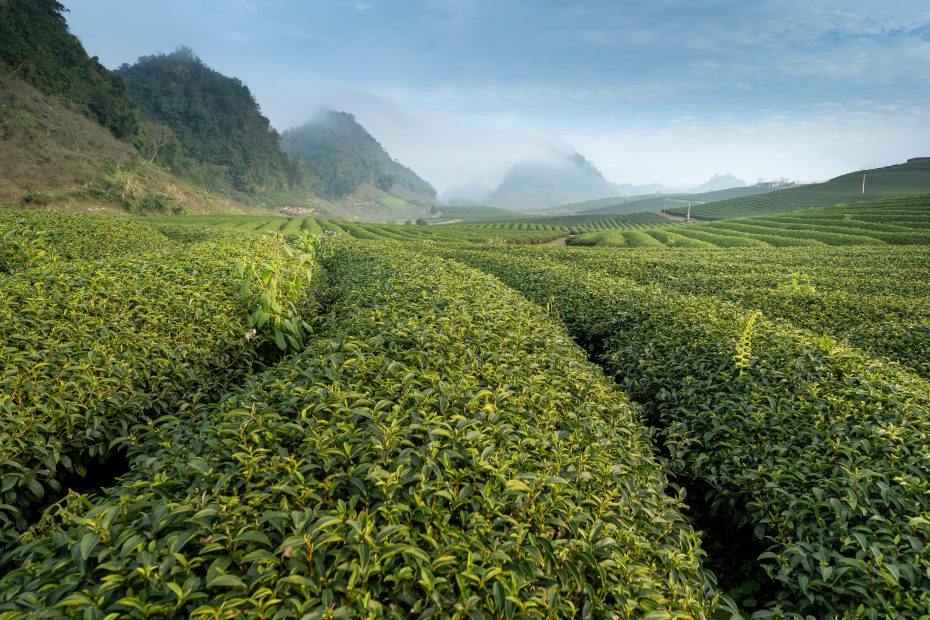What kind of tea is Kabusecha?
When we think of Japanese tea, we naturally think of such famous teas as Matcha, Sencha or Genmaicha. However, there are also more highly regarded teas that frequently go unnoticed. We think of Kukicha or the highly prized Gyokuro. Today we are talking about a prized Japanese green tea that is not well known to the general public: Kabusecha.
What is Kabusecha?
Kabusecha (Japanese か ぶ せ 茶) literally means “shaded tea” or “covered tea.” In actuality, it comes from the Japanese verb “kabuseru,” which meaning “to shade.” Just like Gyokuro, Kabusecha is kept in the shade before harvest. Unlike Gyokuro, which is kept in the shade for 3-4 weeks, Kabusecha is kept in the shade for only 7-10 days.
Because of this specific growing method, Kabusecha has a more nuanced flavor profile than normal Sencha. Astringency and herbaceous flavor are less present, and the infusion has a delicate and refreshing taste with a slight sweet aftertaste.
Kabusecha production is very small compared to that of more famous Japanese teas, accounting for less than 5 percent of total tea production in Japan.
How is Kabusecha tea produced?
As mentioned, Kabusecha is kept covered for 7-10 days before harvest. The cover, made of cloth or rushes, lets through about 50 percent of the sun’s rays. Young leaves that are grown in shaded areas have a deeper shade of green and a well-balanced taste.
The delicate tea leaves are harvested by hand and then go through a process of steaming, rolling, and drying, in a manner not unlike other Japanese green teas.
The shading time and percentage of shading are the elements that distinguish the different productions of Kabusecha.
How to prepare Kabusecha
As this is a very fine and delicate tea, Kabusecha should be infused at no more than 70°C. In fact, an infusion at higher temperatures risks releasing the tea’s more bitter notes. The perfect infusion is: 5-7 grams per 150ml water, 60 seconds at 60°C. The leaves can usually be infused up to 3 times. For subsequent infusions, it is recommended to raise the water temperature slightly (not exceeding 80°C, however) and shorten the infusion duration by about 10 seconds each time.
